- Products
- Categories
- Blog
- Podcast
- Application
- Document
NA1137 Lutetium(III) Nitrate Hydrate Powder (CAS No. 100641-16-5)
| Catalog No. | NA1137 |
| CAS Number | 100641-16-5 |
| Appearance | Crystalline Aggregates |
| Molecular Formula | Lu(NO3)3·xH2O |
| Molar mass | 378.997g/mol |
| MSDS/SDS |
Stanford Advanced Materials (SAM) provides a wide variety of lutetium products in both pure metal and compound form. Available compounds include Lutetium Acetate, Fluoride, Nitrate, Oxide, Chloride, Carbonate, Lutetium Bromide Hydrate, Lutetium 2,4-pentanedionate, and much more. Other rare earth chemicals are also available.
INQUIRY
Add to Inquiry List
Description
Specification
Technical Data Sheet
LATEST RECOMMENDED
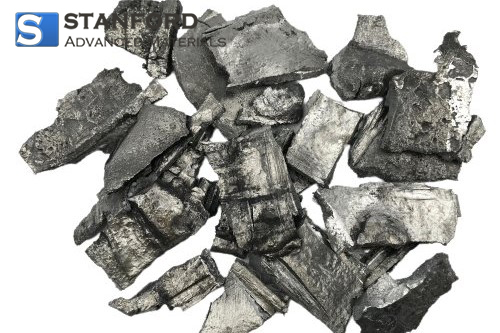
VD0560 Lutetium (Lu) Evaporation Materials
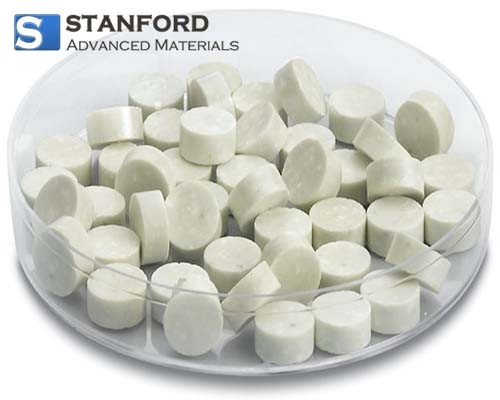
VD0713 Lutetium Oxide Evaporation Materials, Lu2O3

OX1058 Lutetium Oxide (Lu2O3) Powder (CAS No. 12032-20-1)

LU1126 Lutetium Metal (Lu Metal)

LU1138 Lutetium Chloride (LuCl3) Powder (CAS No. 10099-66-8)

LU1139 Lutetium Fluoride (LuF3) Powder (CAS No. 13760-81-1)
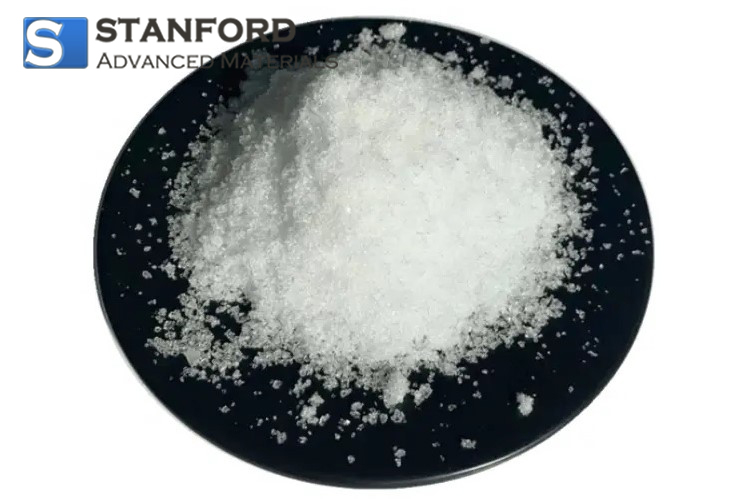
LU1140 Lutetium(III) Acetate Hydrate Powder (CAS No. 207500-05-8)
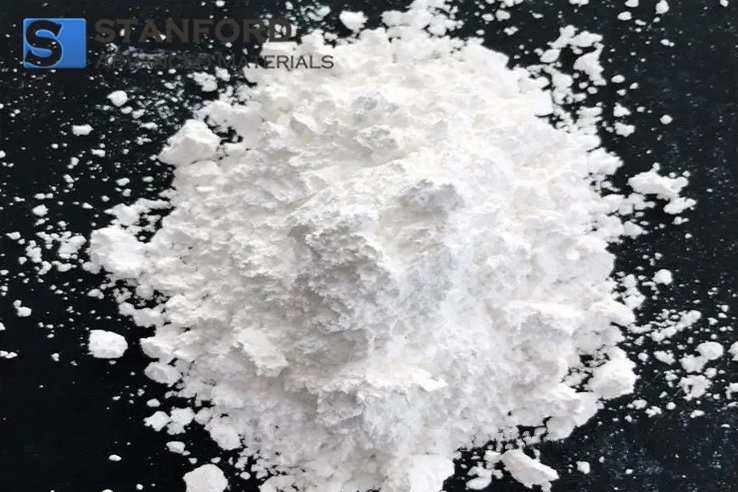
LU1141 Lutetium(III) Carbonate Hydrate Powder (CAS No. 64360-99-2)
GET A QUOTE
Send us an Inquiry now to find out more Information and the latest prices,thanks!

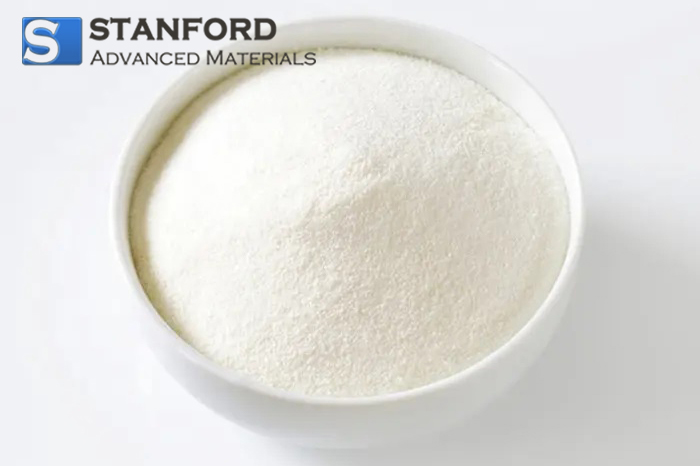
.png)
